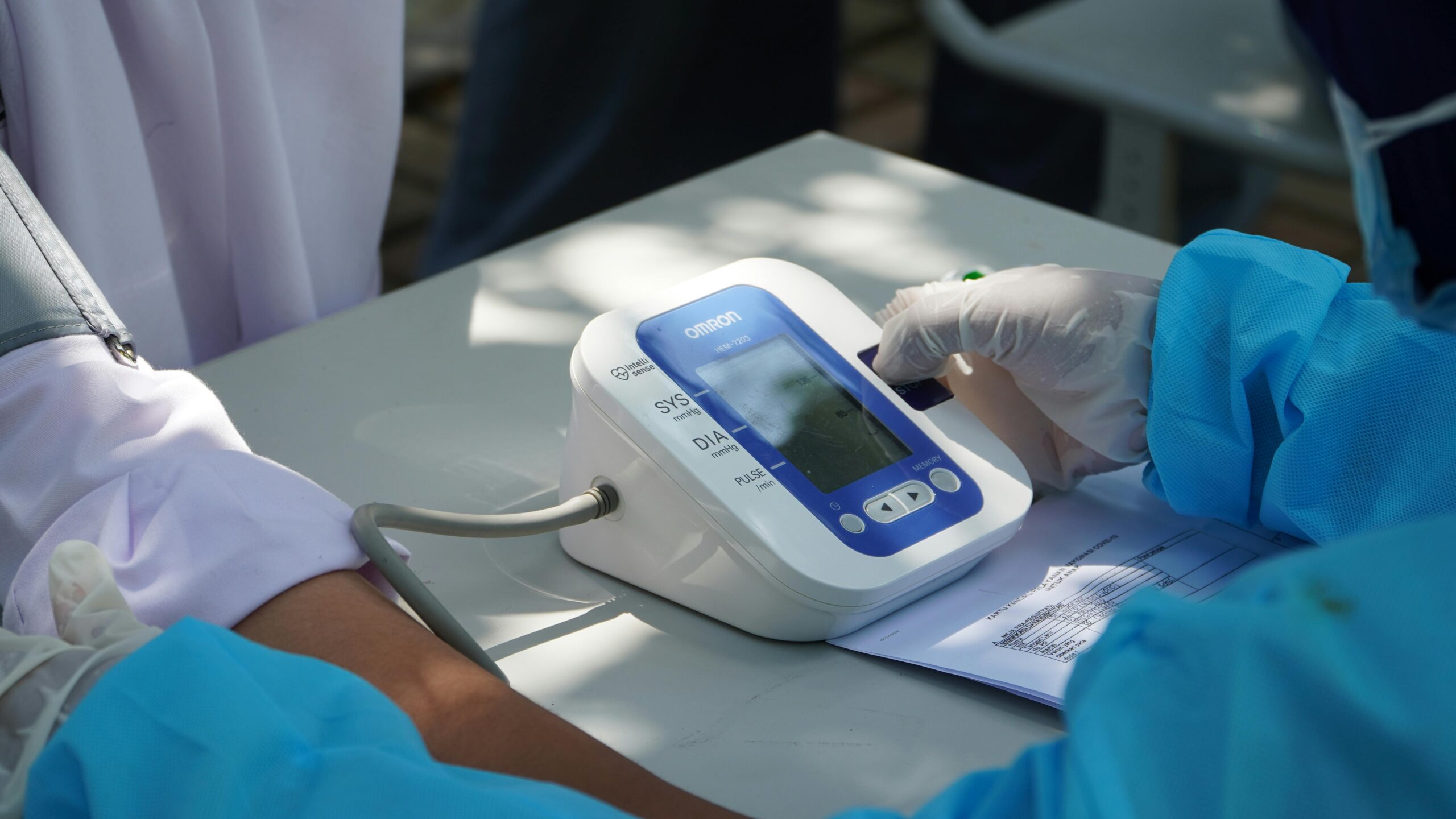
When to Start Using Anti-Aging Products
Things change as we get older. As we grow and reach puberty, our perfect skin may erupt with adolescent, hormone-driven acne. A perfect complexion can turn into a shiny, oily mess. As puberty is a time for hormonal change, so is perimenopause and menopause. During this time, hormones again start to shift, and so can your skin’s needs. Normal skin may turn dry. Adolescent acne may suddenly return. Right when you think you had it figured out, it changes. You are not alone, and with a little extra information, you can be well prepared for tackling the needs of aging skin. Wondering when to start using anti-aging products? Here’s what you need to know.
5 Signs to Start Using Anti-Aging Products
When should you start using anti-aging products? While it’s up to each person, many people begin in their late 20s to early 30s when fine lines and loss of elasticity may start appearing on the face. Consistent use of anti-aging skin care products can help prevent further damage and maintain youthful skin. If you’re looking for when to start using anti-aging products on your skin, keep an eye out for some of these tell-tale signs.
Dull Complexion?
Aging skin has less cellular turnover. This can lead to a dull, sallow complexion. Aging skin usually needs extra manual exfoliation. This could be a simple oatmeal or sugar scrub two to three times a week. Manual exfoliation can be done very quickly and easily. This means it is hard to come up with an excuse to not do it. Simply add it to your shower routine. If you can spare an extra five minutes one to two times a week, reach for glycolic acid. Glycolic acid is a form of alpha hydroxy acid (AHA) which is naturally found in foods like sugar cane, kiwi or grapefruit. It eats away at dead skin cells and unclogs pores, resulting in a brighter complexion. If this is your first time using glycolic acid, always do a test patch first to see how your skin will react.
Shiny Face?
Aging skin that may have turned oily or has larger pore sizes may benefit from glycolic acid exfoliation. Glycolic acid is inexpensive, takes only a few extra minutes once a week and has no down time. Apply a thin layer of glycolic acid to clean skin, wait five to ten minutes and rinse off. Apply a nutrient rich moisturizer. It seems true that people with oily skin tend to age “better,” with less fine lines, but don’t let the pore sizes get out of control!
Uneven Skin Tone?
Glycolic acid can also be used to control hyperpigmentation. Glycolic acid eats away at the very top layers of skin, increasing skin turnover. Over time, this results in a more even skin tone. Hyperpigmentation caused by acne can be evened out, as well as the acne itself. Hyperpigmentation caused by sun damage (sun spots) can also be addressed with routine glycolic acid peels. To use glycolic acid to refine and resurface your skin, try Acure Resurfacing Overnight Glycolic Treatment.
Lines and Wrinkles?
Routine use of glycolic acid facial peels has been found to increase collagen gene expression (think less fine lines) and increase hyaluronic acid production (think plump, moist skin). Glycolic acid is also a humectant, so it draws moisture to the skin. Since dull, dry skin and fine lines have been touted to be every woman’s future, it might be time to incorporate a glycolic acid peel into your weekly self-care routine. To battle against fine lines and wrinkles with your cleanser, try Derma E Anti-Wrinkle Cleanser Vitamin A Glycolic Acid.
New Moisturizer?
Moisturizers have really evolved beyond cold cream. That includes natural moisturizers, ones without synthetic fragrances, parabens, phthalates, plastic microbeads and other harmful endocrine disrupting chemicals. Natural moisturizers use antioxidants like astaxanthin, pycnogenol, green tea and Vitamin C to combat aging and encourage cellular renewal.
Collagen peptides have found their way out of your protein shake and into day or nighttime moisturizers to help build collagen locally. Combined with antioxidants and natural oils like jojoba and macadamia nuts, this combination can really provide a great foundation for maintaining a youthful complexion.
Which Peptides are Best for Anti-Aging?
Several peptides are known for their anti-aging properties, each targeting different aspects of skin aging. Some popular peptides include:
- Palmitoyl Pentapeptide-4 (Pal-KTTKS): Pal-KTTKS is known for stimulating collagen production, helping to reduce the appearance of fine lines and wrinkles.
- Acetyl Hexapeptide-8 (Argireline): Often referred to as “Botox in a jar,” it works by inhibiting muscle contractions, reducing the formation of expression lines. Try Derma E Advanced Peptides & Flora-Collagen Moisturizer, containing Argireline.
- Palmitoyl Tripeptide-1 and Palmitoyl Tetrapeptide-7: These peptides work together to stimulate collagen production, improve skin elasticity, and reduce inflammation.
- Copper Peptides: Known for their wound-healing properties, copper peptides can also stimulate collagen synthesis and enhance skin firmness.
However, the effectiveness of peptides can vary depending on factors such as concentration, formulation, and individual skin type. It’s best to look for products with clinically proven peptides and consult with a dermatologist for personalized recommendations.
For a fully rounded skin care product, try Codeage Liposomal Collagen Peptides+, which provide 2 types of collagen (I and III) and can easily be blended into coffee, juices, smoothies, or protein shakes.
What’s your daily anti-aging skin care routine?
- About the Author
- Latest Posts
Certified Nutritionist in Appleton, Wisconsin, Founder of Natural Healthy Concepts. Natural health and nutrition advocate. Enjoys gardening, biking, fitness, boating, animals (especially cats), and cooking.



